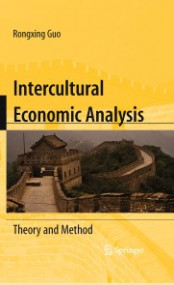
- Untertitel:
- Theory and Method
- Verlag:
- SPRINGER
- Erschienen:
- 29.08.2009
- Seitenanzahl:
- 228
- ISBN:
- 1441908498
- EAN:
- 9781441908490
- Sprache:
- Englisch
- Format:
- Schutz:
- Dig. Wass.
- Downloadzeit:
- Maximaler Downloadzeitraum: 24 Monate

Bitte wählen Sie ihr Ursprungsland aus: